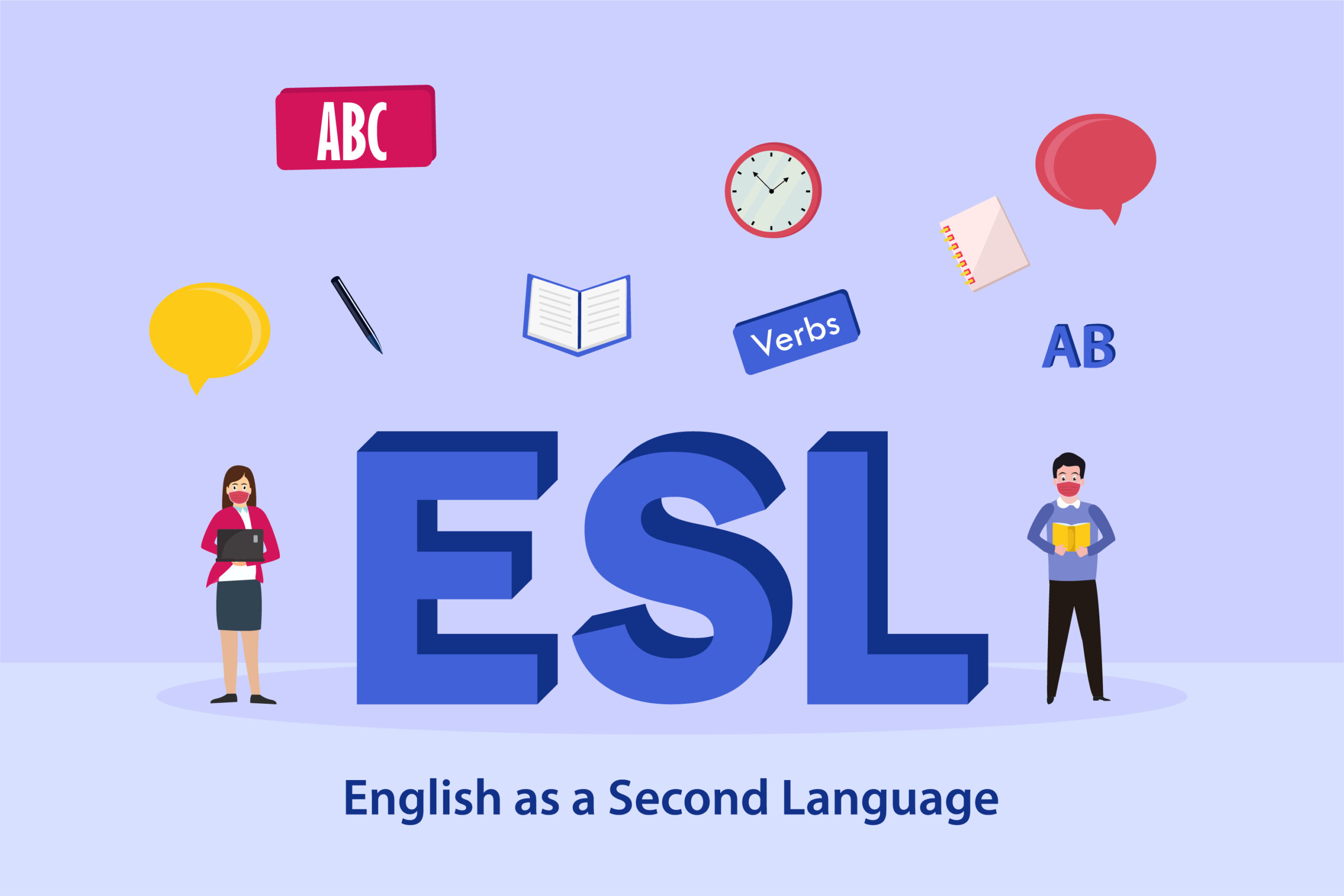
It should come as no surprise to anyone that there are Latinos in the US who do not speak Spanish. And yet, there are still far too many who clutch their perlas and gasp in Spanish when they find out that someone who very much identifies as Latino does not speak Spanish.
More from MamásLatinas: Harmful stereotypes brands still make about Latinos & why they need to stop
They just can't possibly understand how someone could grow up Latino and never learn Spanish. Well, there are tons of reasons and we need to discuss them because shaming US Latinos for not speaking Spanish is mean-spirted and ridiculous as far as I'm concerned. And before you come at me, yes, I was born in the US and I do speak Spanish. But I totally understand why the number of Latinos in the US who don't speak Spanish is growing. And I hate that non-Spanish speaking Latinos get shamed.
Latinidad is not contingent on whether or not a person speaks Spanish. I mean, come on! Let's not forget that indigenous people weren't speaking Spanish when the Americas were "discovered." Spanish was the language of colonization, but that's a whole other topic I'm not going to get into right now. What I do want to discuss are some of the many reasons why a growing number of US Latinos don't speak Spanish.
I've been thinking about it a lot lately because of how Selena Gomez's performance in the movie Emilia Pérez was slammed by Eugenio Derbez because of her Spanish abilities or lack thereof. Never mind that her character is Mexican American and according to a Pew Research Center Study about Latinos in the US "24% of all Latino adults say they can only carry on a conversation in Spanish a little or not at all." And 65% of third- or higher-generation Latinos "cannot carry on a conversation well in Spanish." Let's get into the why.
Some US Latinos, like Selena, lose their Spanish.
"I got my first job at 7, and most of my jobs from that point on were English," Selena told NPR. "And I just lost [my Spanish]. That's kind of the case for a lot of people, especially Mexican American people."
Some US Latinos never learn Spanish.
It's easy to judge parents who speak Spanish for not teaching their children the language, but it's not always all that easy. "I always tell people to put away the judgy eyes until they've actually tried to do this in their real life," says Micah Bellieu, CEO and founder of Fluency Corp. "It's quite challenging really, especially if the parent also understands English."
There are a lot of myths spreading disinformation.
Some parents are dissuaded from teaching their kids Spanish because of myths that continue to be prevalent despite being wrong. Micah discusses three of the top bilingual myths in one of her TikTok videos and breaks down why they are not true.
Myth No. 1.
To begin with there is the myth that kids get confused by learning two languages, which she likens to "saying kids get confused by having two parents. They just don't get confused." As the National Library of Medicine points out, the truth is that "bilingual infants readily distinguish their two languages and show no evidence of confusion."
Myth No. 2.
Another myth is that bilingualism causes language delays. This was scientifically disproven decades ago. Speech delays happen regardless of whether a child is being raised bilingual or monolingual. In other words, the addition of a language is not what causes a speech delay.
Myth No. 3.
The third myth that Micah brings up is that many parents believe they have to be fluent in both languages in order to raise a bilingual child. She is a proponent of the "Give them what you know method or let the school teach them."
Historically, immigrants have faced a lot of pressure to assimilate.
In the US, part of assimilating means learning to speak English or being discriminated against if they don't. "This discrimination often resulted in immigrant parents teaching English to their children to help them assimilate and fit in with American culture," writes Rachel Umansky-Castro for The Huntington News.
Some parents don’t want their kids to be ESL students.

Some parents may not want their children tracked into English as a second language—ESL—classes. "My kids for example don't speak a lick of Spanish, for many different reasons, but my husband and I specifically made that decision because of our experiences as ESL students in this country and that doesn't take away from our Latino-ness," a very dear and very bilingual friend of mine shared.
It takes a lot of exposure to teach a language.
According to the US Department of State's Foreign Service institute, it takes from 600 to 2,200 hours of study to become fluent in a language. Imagine that only one parent speaks Spanish and the child is not enrolled in a Spanish class outside the home and is not interacting with other Spanish speakers. Getting enough exposure to the language to become fluent is not easy for some.
Some Spanish learners get shamed.
According to the Pew Research Center "about half (54%) of non-Spanish-speaking Hispanics have been shamed by other Hispanics for not speaking Spanish." And you know you don't need a study to tell you that Latinos get shamed when they speak Spanish poorly, just ask Selena Gomez or anyone who has been called a pocho or a no sabo kid. Shaming someone about their Spanish-speaking abilities is enough to make some people just stop speaking Spanish.




